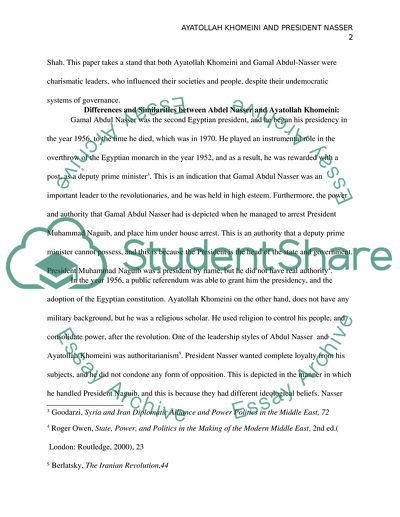Cite this document
(“Ayatollah Khomeini and Gamal Abdul-Nasser Essay”, n.d.)
Ayatollah Khomeini and Gamal Abdul-Nasser Essay. Retrieved from https://studentshare.org/social-science/1665999-middle-east
Ayatollah Khomeini and Gamal Abdul-Nasser Essay. Retrieved from https://studentshare.org/social-science/1665999-middle-east
(Ayatollah Khomeini and Gamal Abdul-Nasser Essay)
Ayatollah Khomeini and Gamal Abdul-Nasser Essay. https://studentshare.org/social-science/1665999-middle-east.
Ayatollah Khomeini and Gamal Abdul-Nasser Essay. https://studentshare.org/social-science/1665999-middle-east.
“Ayatollah Khomeini and Gamal Abdul-Nasser Essay”, n.d. https://studentshare.org/social-science/1665999-middle-east.


